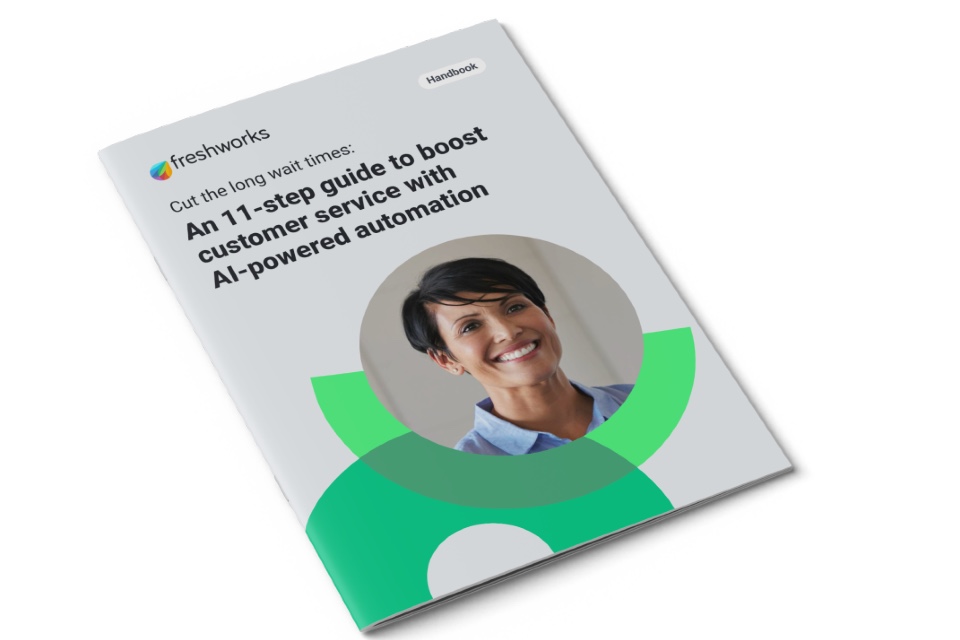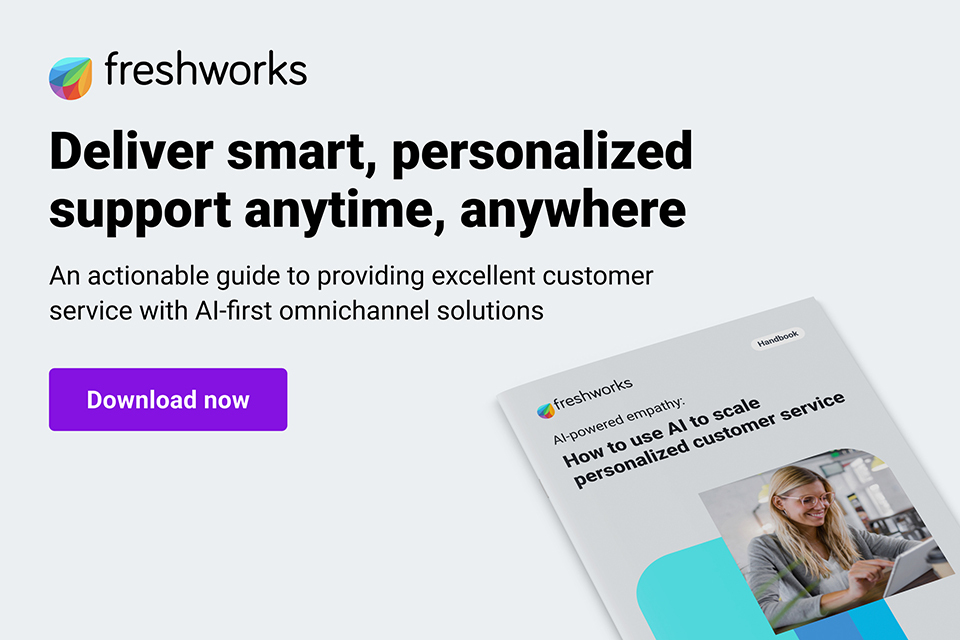Two-thirds of public would prefer companies didn’t use AI for customer service

Sixty-four percent of customers would prefer that companies didn’t use artificial intelligence (AI) in their customer service. That’s according to a survey by Gartner, which found that 53% of customers would consider switching to a competitor if they found out a company was going to use AI for customer service. A Gartner survey of 5,728 […]
Retailer customer service being undermined by failed delivery slots

A new study, carried out by post-purchase customer experience provider parcelLab and e-commerce customer care and fulfilment specialist Salesupply, highlights significant gaps in delivery reliability, tracking transparency and customer service automation for major UK retailers, as well as disappointing shipping fees. The UK’s Top 100 Retailers’ Post-Purchase Secrets Report 2024 reveals critical areas where retailers need to improve to enhance customer satisfaction and retention, with a […]
DOWNLOAD: 11-step guide to boost customer service from Freshworks

Use this guide to discover how an AI-powered omnichannel solution can automate and scale customer support. We know that customers expect fast, consistent support across channels. CX leaders, on the other hand, struggle with balancing agent workload and managing growing customer expectations. This step-by-step guide from Freshworks dives into how AI-powered automation helps you bridge […]
CASE STUDY: One Nexus’ pledge to elevate customer service excellence – A year in review

In the dynamic world of the automotive industry, prioritising good customer service remains paramount for businesses. Recognising this, One Nexus embarked on a journey to elevate its customer experiences by implementing a strategic combination of partnerships and innovative solutions to streamline its business operations. Alan Glazier, the Commercial Director at One Nexus, explains the transformative […]
GUIDE: How to use AI to personalise customer service

You may be looking to scale your customer service with AI, but hesitant about how AI may present your organisation to your customers and prospects. As a result, we wanted to share this guide from Freshworks, to investigate how you can adopt the right AI workflows to make teams more productive, reduce wait times for […]
Are these the Top 3 priorities for customer service leaders in 2024?

Reimagining self-service, piloting employee-facing GenAI, and exploring new offerings in the customer journey analytics (CJA) market will be top priorities for customer service and support leaders in 2024, according to Gartner. A Gartner survey of 246 customer service and support leaders conducted September through October 2023 revealed service and support leaders’ priorities for the coming […]
Generative AI ‘revolutionising’ retail customer communication channels

From revolutionising the nuts and bolts of supply chain operations to turbo-charging customer service, generative artificial intelligence (genAI) stands on the forefront of innovation in retail – its ability to fabricate hyper-customised content is turning the tables in marketing and communication strategies. That’s according to says GlobalData, with the analyst’s Practice Head of Disruptive Tech […]
Small businesses ‘failing to capitalise on unique customer service advantage’

Less than half (40%) of consumers find that small businesses offer a more personalised customer service experience than larger corporates. That’s according to FM Outsource’s new report, Small Business Customer Service In 2023: A Missed Opportunity? The research, which investigated whether small businesses are meeting customer expectations, found that the majority of consumers (60%) feel […]
These are the technologies impacting customer service and support in 2023

The technologies with the most current value to service and support organisations are those that support assisted service. That’s according to a Gartner survey of over 200 customer service and support leaders conducted December 2022 through February 2023, which revealed that the top technologies currently impacting customer service include: case management systems, internal collaboration tools […]
Customer service being ‘neglected’ too often, says research

Nearly half (42%) of Brits don’t feel that customer service is a widespread business priority, leading to brand images being tarnished and business lost. In the Make Every Conversation Count report from FM outsource a quarter (24%) of people felt that the general standard of customer service has declined in recent years. Respondents were most critical […]

